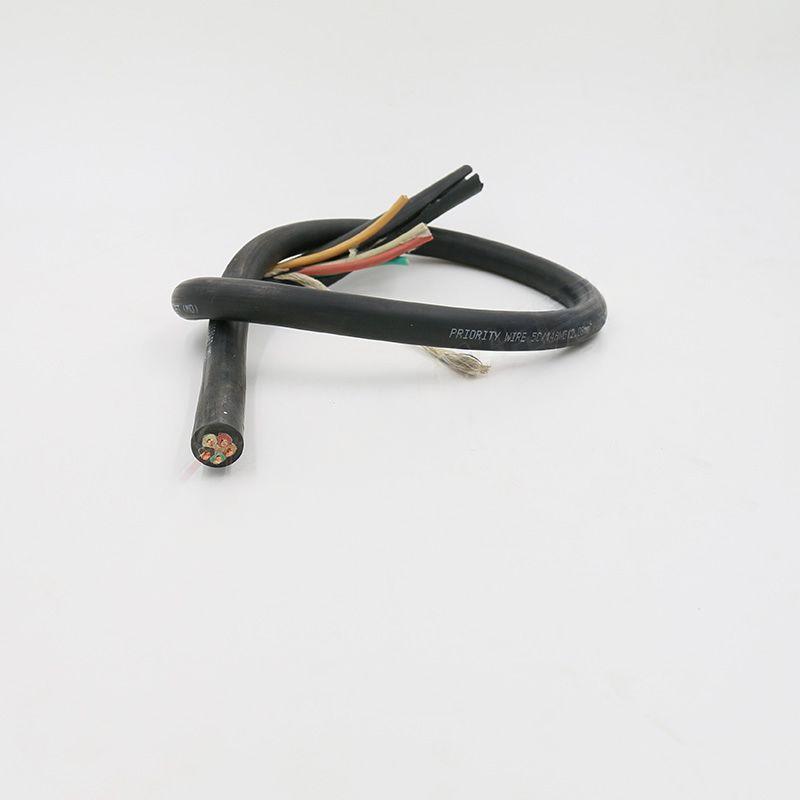9 月 . 19, 2024 10:41 Back to list
full lug butterfly valve
Understanding Full Lug Butterfly Valves
Full lug butterfly valves are an essential component in various industrial applications, known for their efficiency and reliability in regulating flow. These valves feature a unique design that includes lugs or protrusions on the valve body, which allow for secure bolting and installation between two flanges in a pipeline system. This feature enhances their adaptability and makes them ideal for situations where maintenance is required, as they can be removed without the need to drain the system.
One of the key advantages of full lug butterfly valves is their lightweight construction compared to traditional gate or globe valves. This characteristic not only simplifies handling and installation but also reduces the overall load on supporting structures. Full lug designs ensure a secure fit that eliminates the risk of leakage, even in high-pressure applications. Their body is often made of durable materials such as cast iron, stainless steel, or plastic, providing resistance against corrosion and extending their operational lifespan.
The operational mechanism of a butterfly valve is quite simple yet efficient. It employs a rotating disc, which opens or closes the flow when turned 90 degrees. This design allows for quick operation and minimal pressure drop, making it suitable for applications requiring rapid flow regulation. Additionally, the full lug style offers greater stability and support, catering to larger diameter pipes and more substantial applications without compromising performance.
full lug butterfly valve

In terms of applications, full lug butterfly valves are widely used in industries such as water treatment, food and beverage, chemical processing, and HVAC systems. Their ability to handle different types of media, including liquids and gases, makes them versatile. Moreover, their ease of maintenance is a significant plus, allowing for quick inspection and replacement without extensive downtime.
It is important for operators to select the correct size and material of the valve based on the specific requirements of their operation. Factors such as temperature, pressure, and the nature of the fluid being transported can significantly impact the performance of the valve. Regular maintenance checks are advisable to ensure that the valves function optimally over time.
In conclusion, full lug butterfly valves play a crucial role in modern piping systems, combining efficiency with robust design. Their unique features, including ease of installation and maintenance, make them an essential choice for engineers and operators aiming for reliability and performance in flow control applications. As industries continue to evolve, the demand for such innovative valve solutions is likely to increase, solidifying the full lug butterfly valve's position in the market.
Share
-
Understanding the Differences Between Wafer Type Butterfly Valve and Lugged Butterfly ValveNewsOct.25,2024
-
The Efficiency of Wafer Type Butterfly Valve and Lugged Butterfly ValveNewsOct.25,2024
-
The Ultimate Guide to Industrial Swing Check Valve: Performance, Installation, and MaintenanceNewsOct.25,2024
-
Superior Performance with Industrial Swing Check Valve: The Essential Valve for Any SystemNewsOct.25,2024
-
Industrial Swing Check Valve: The Ideal Solution for Flow ControlNewsOct.25,2024
-
You Need to Know About Industrial Swing Check Valve: Functionality, Scope, and PerformanceNewsOct.25,2024